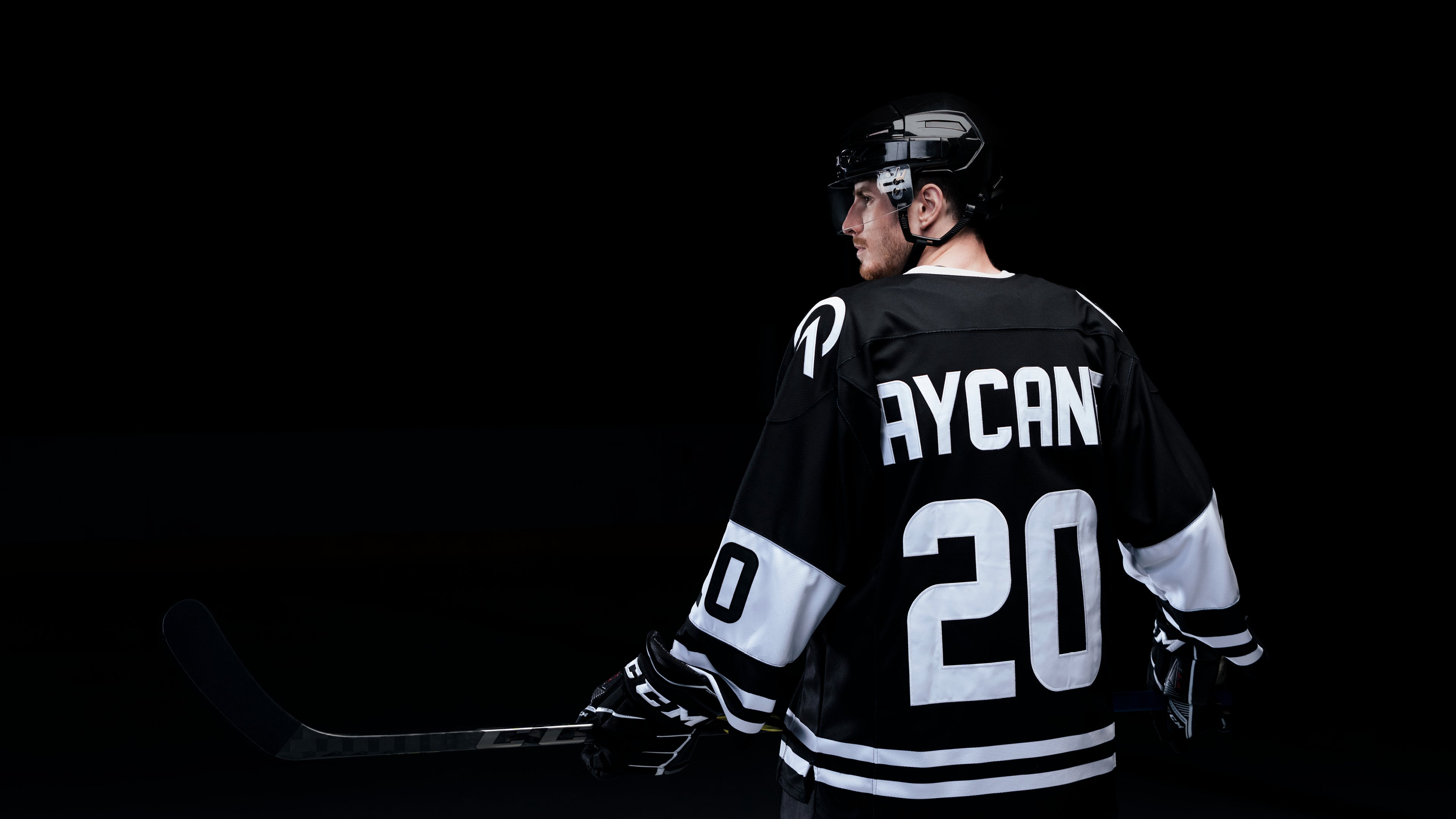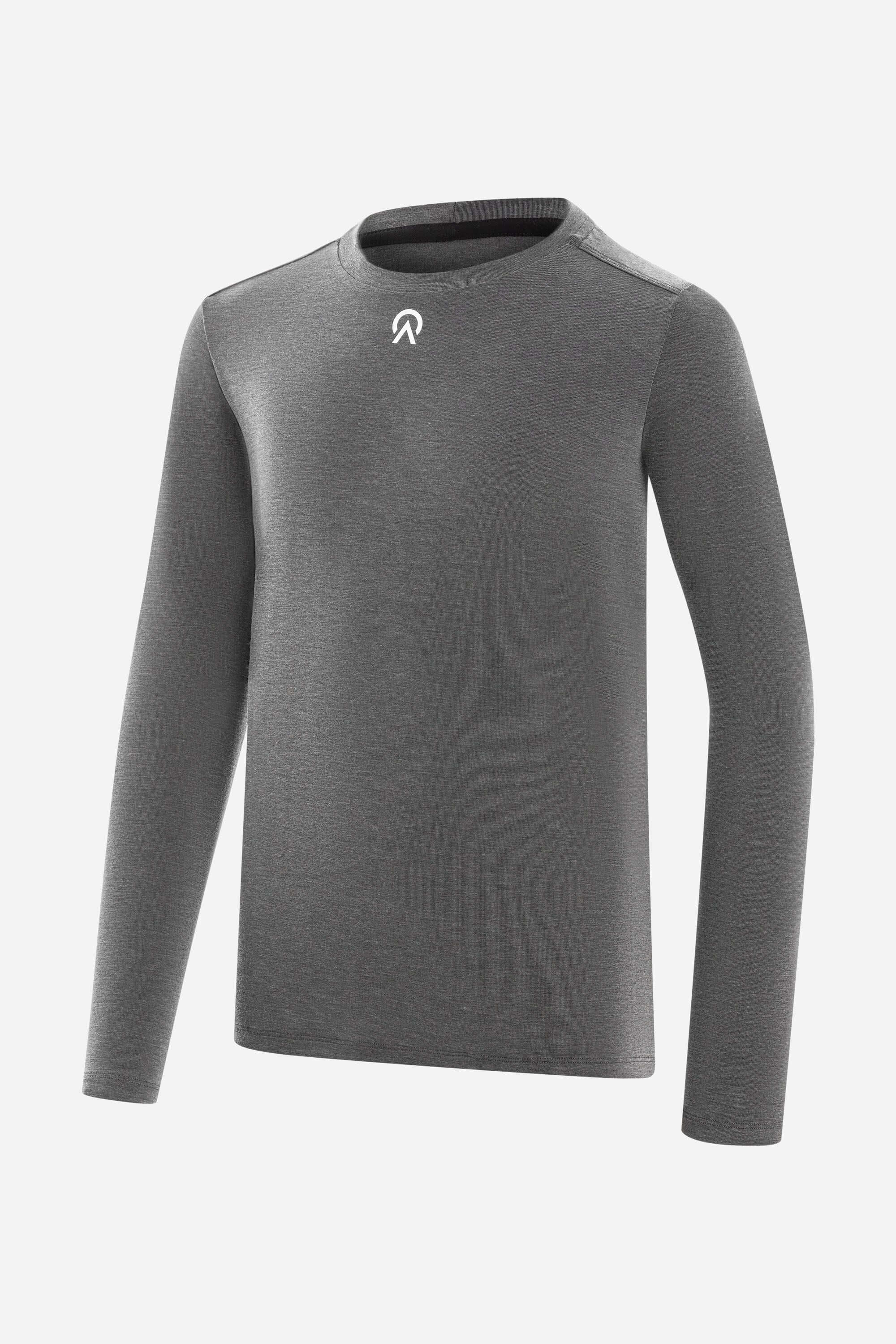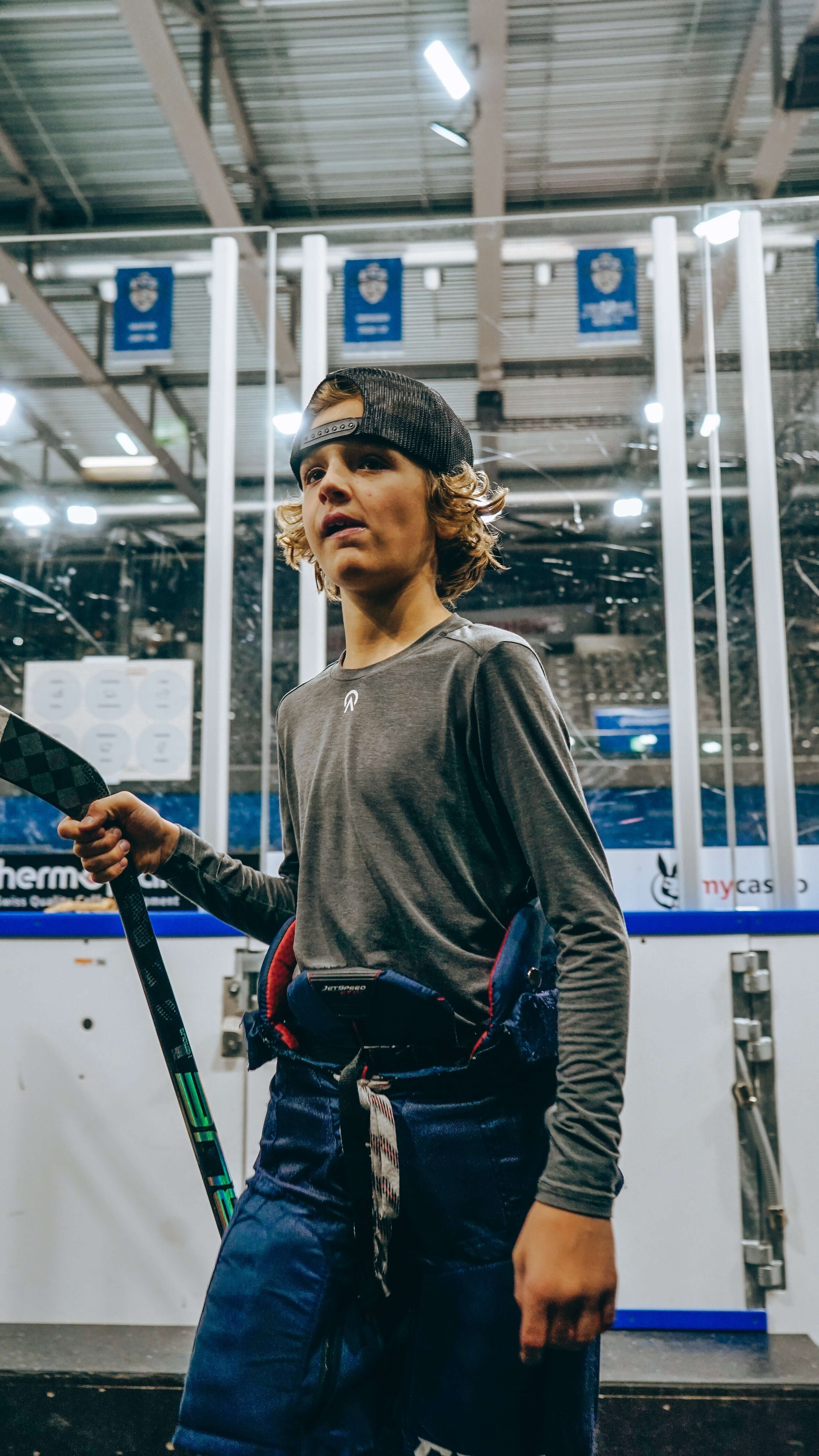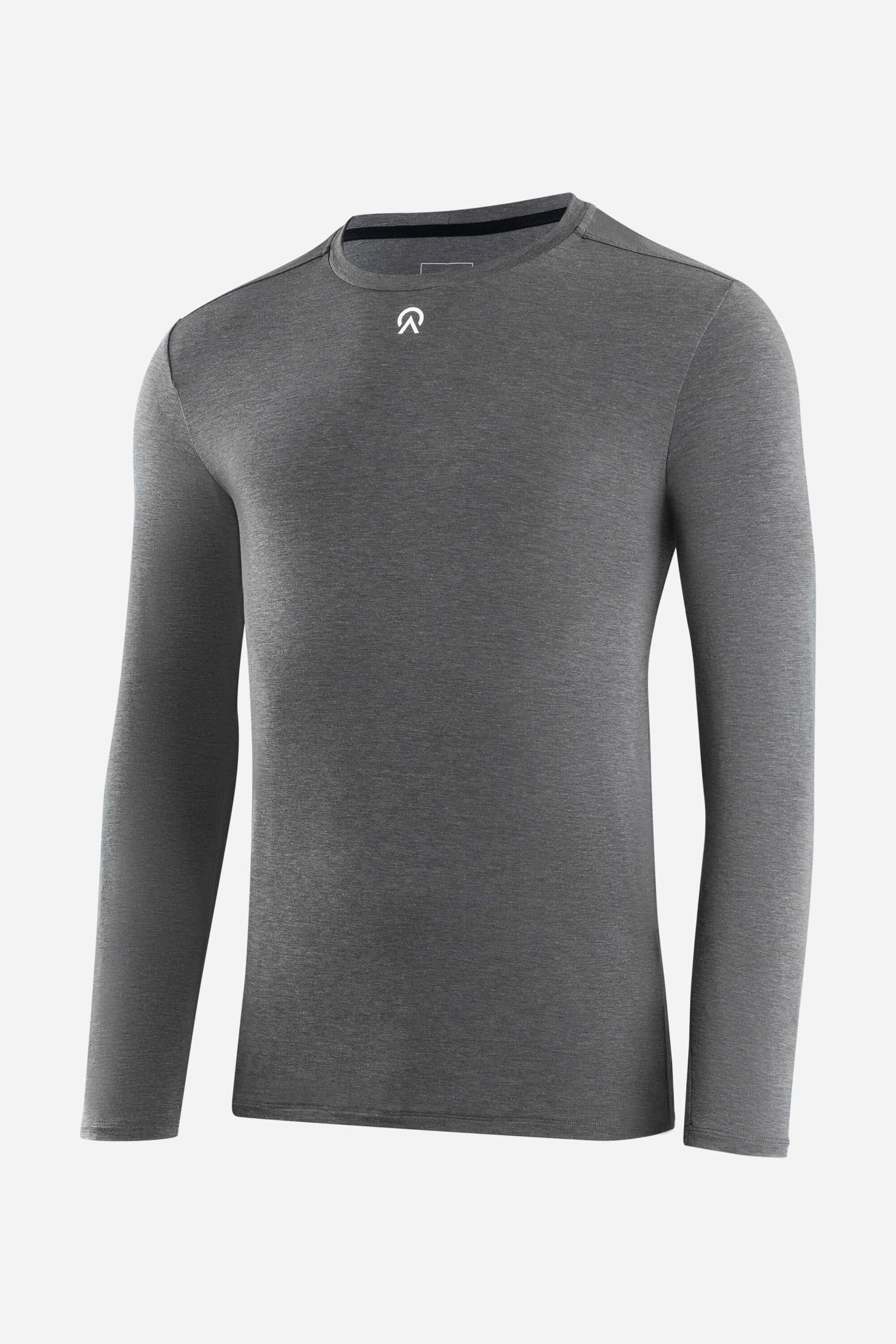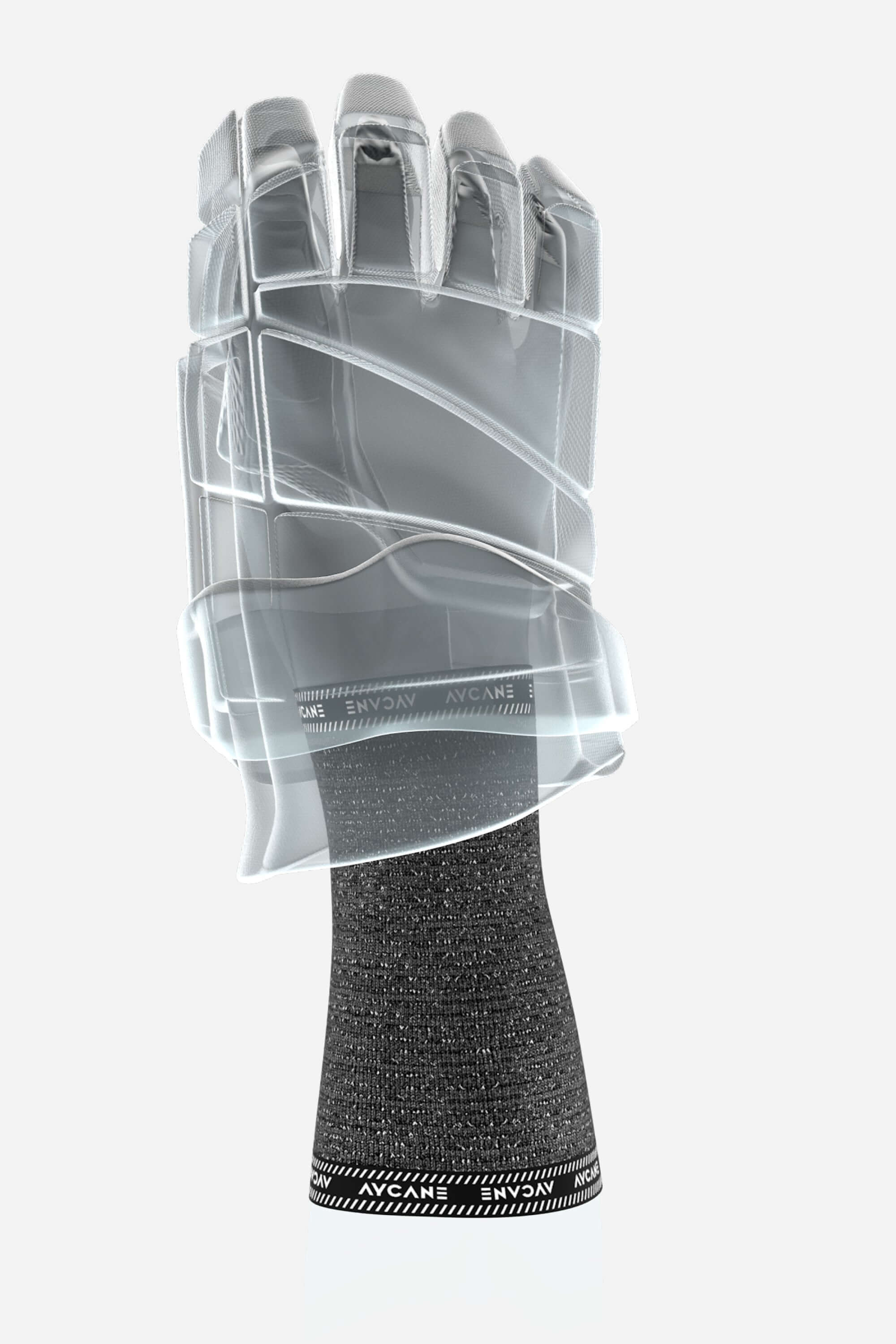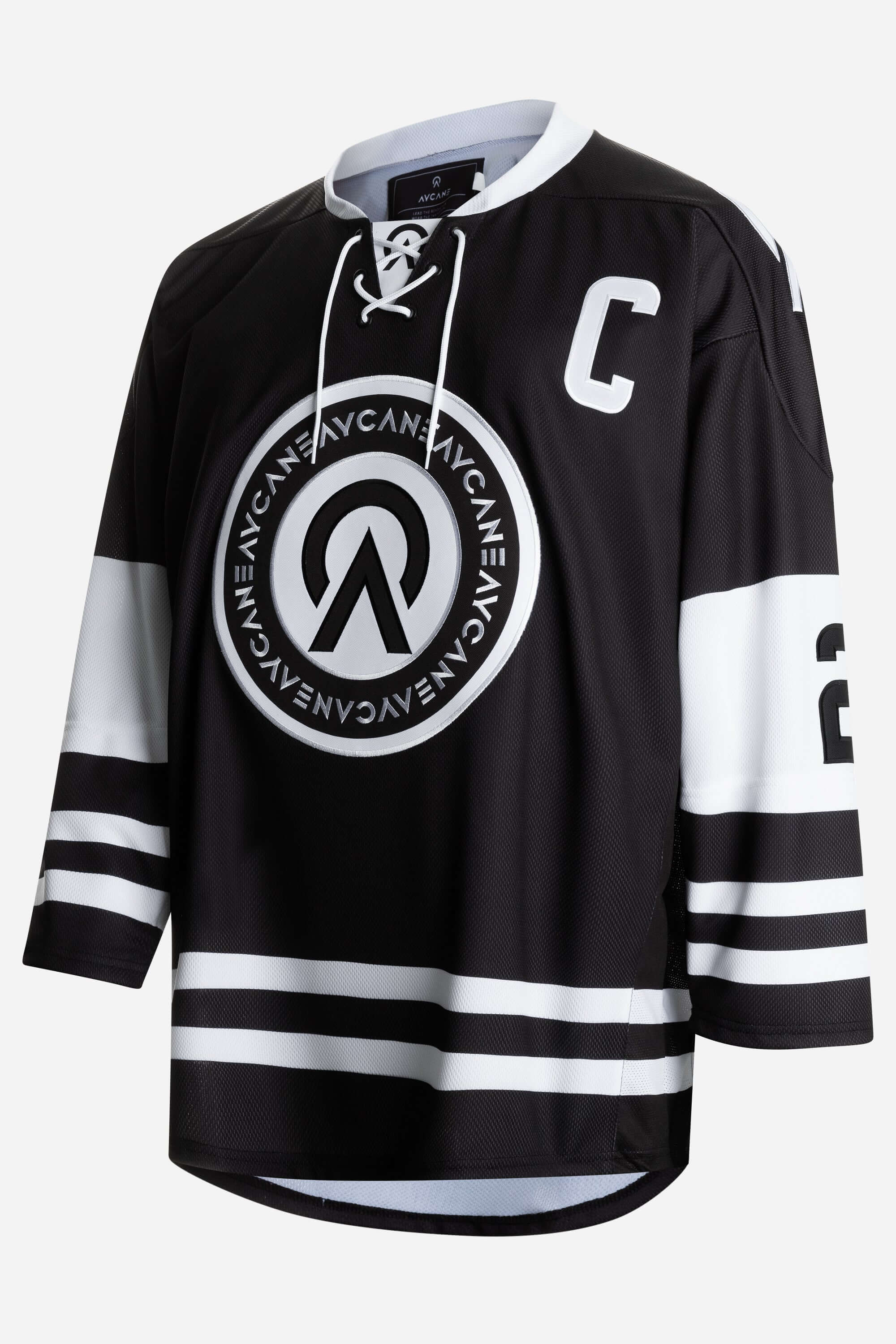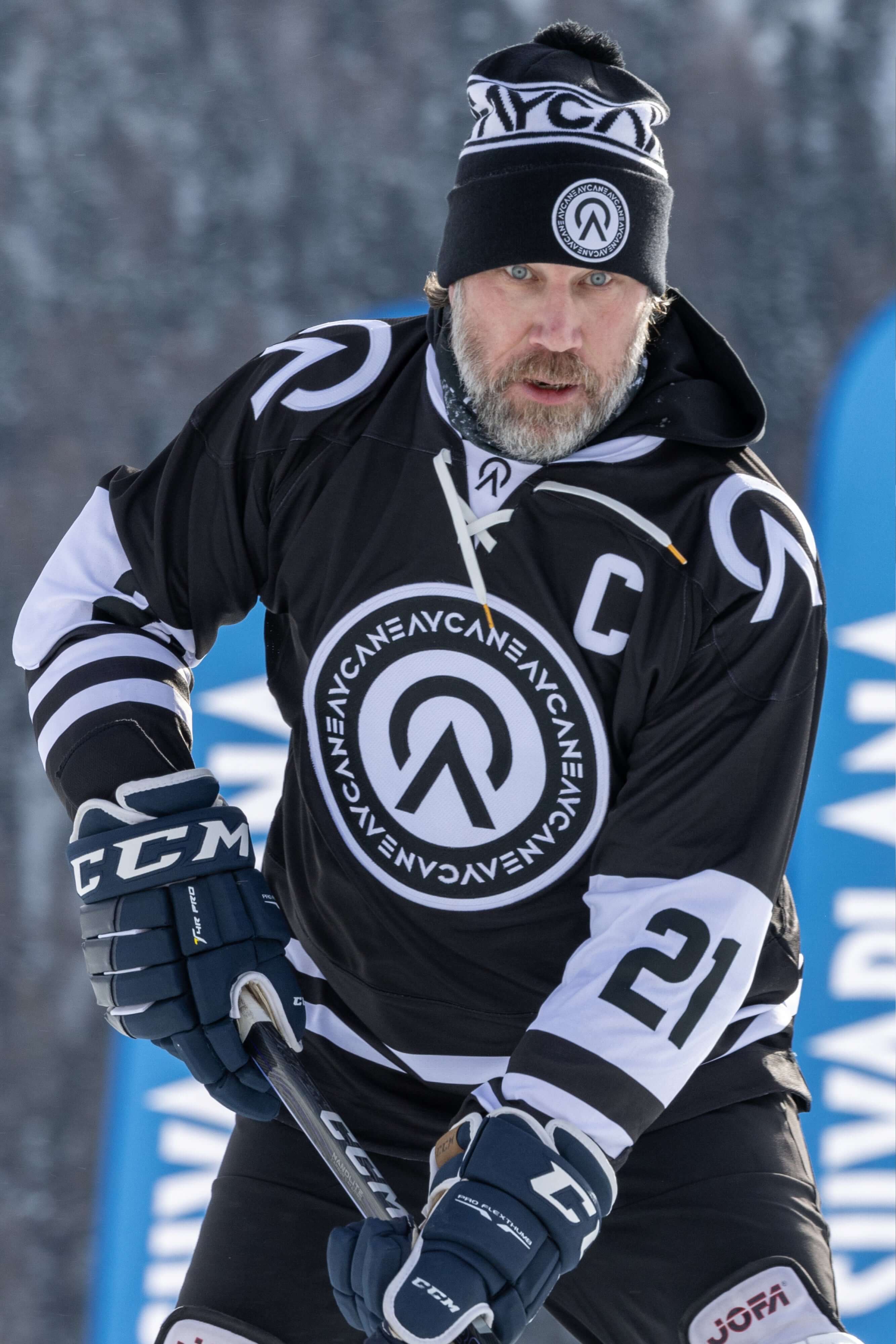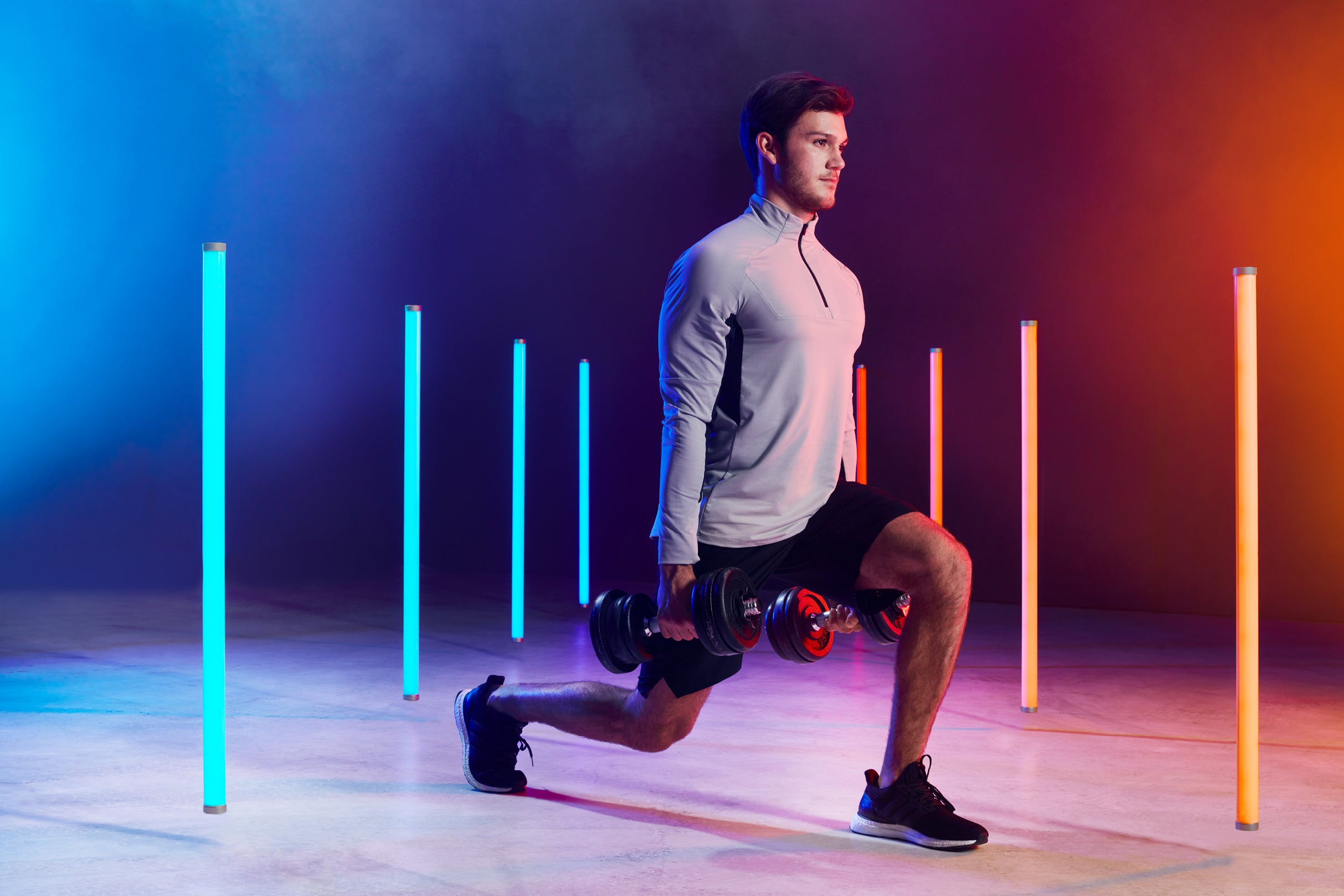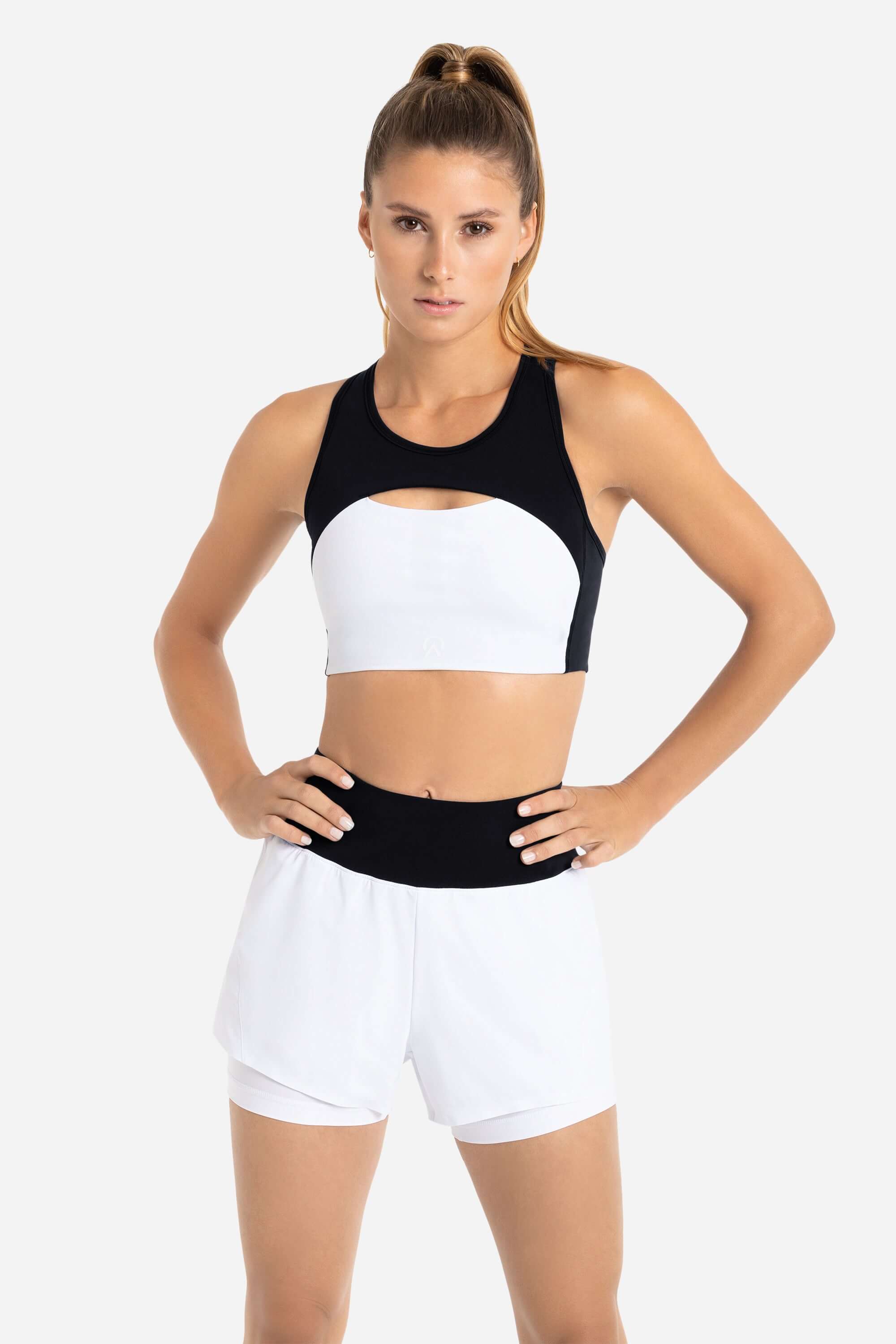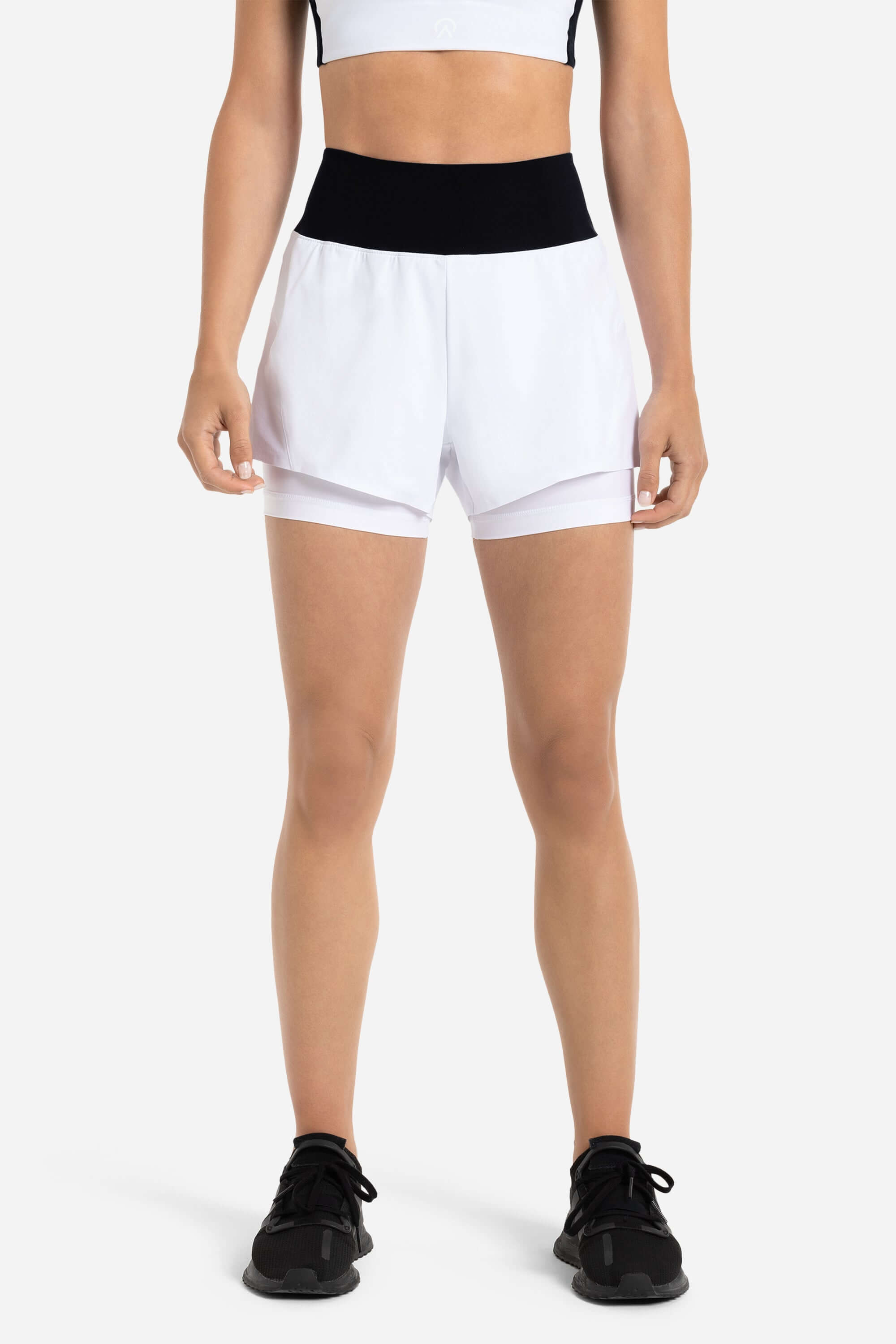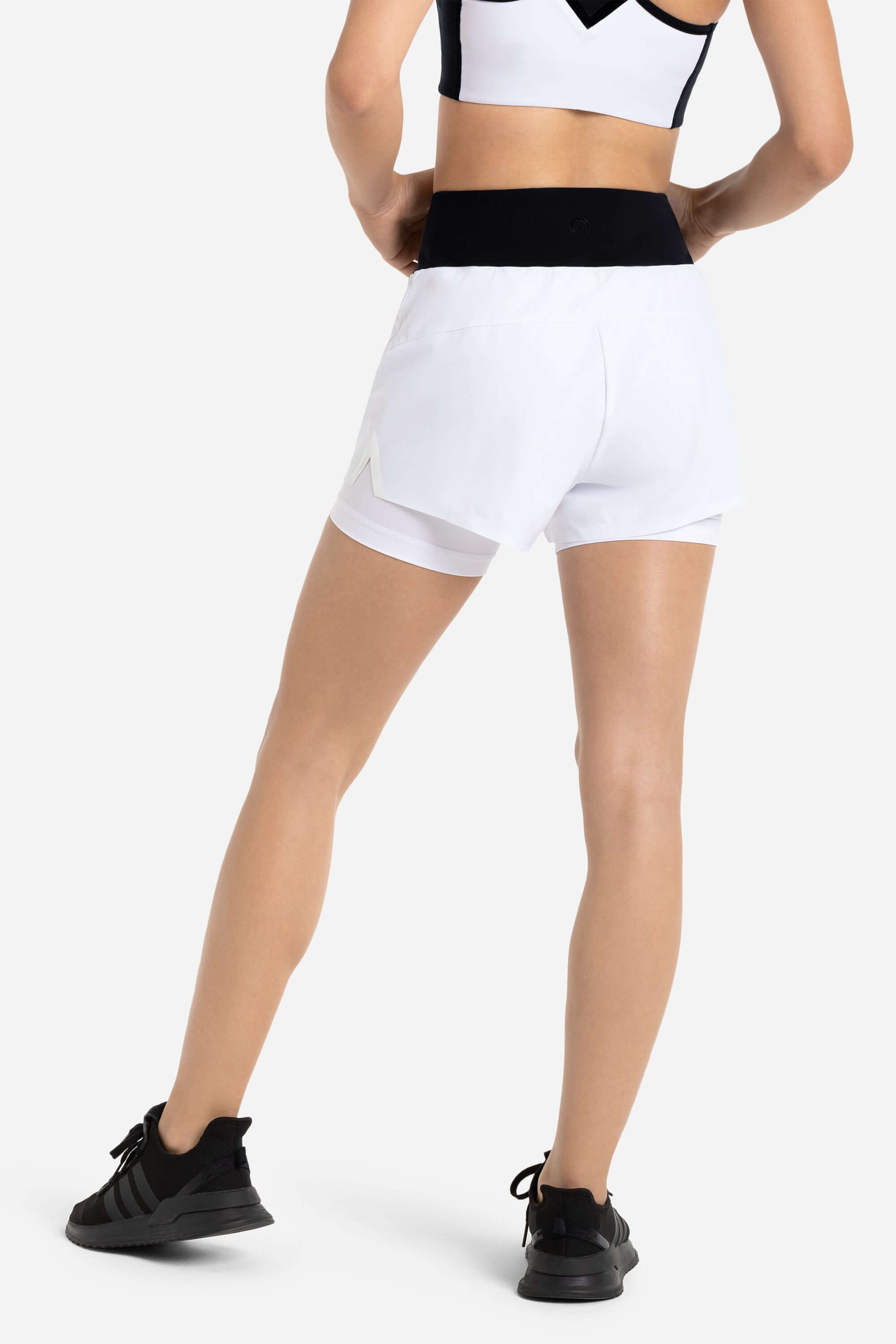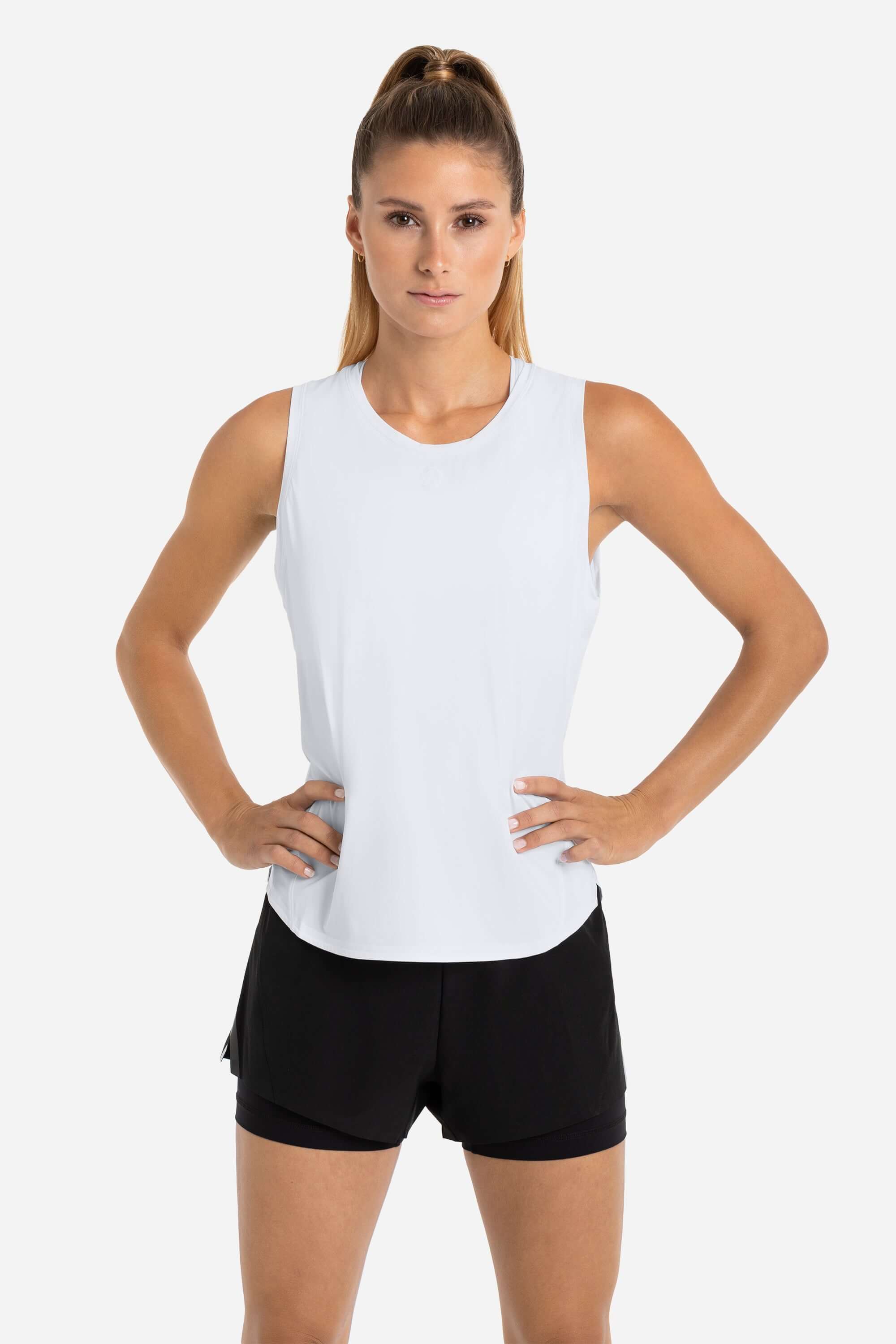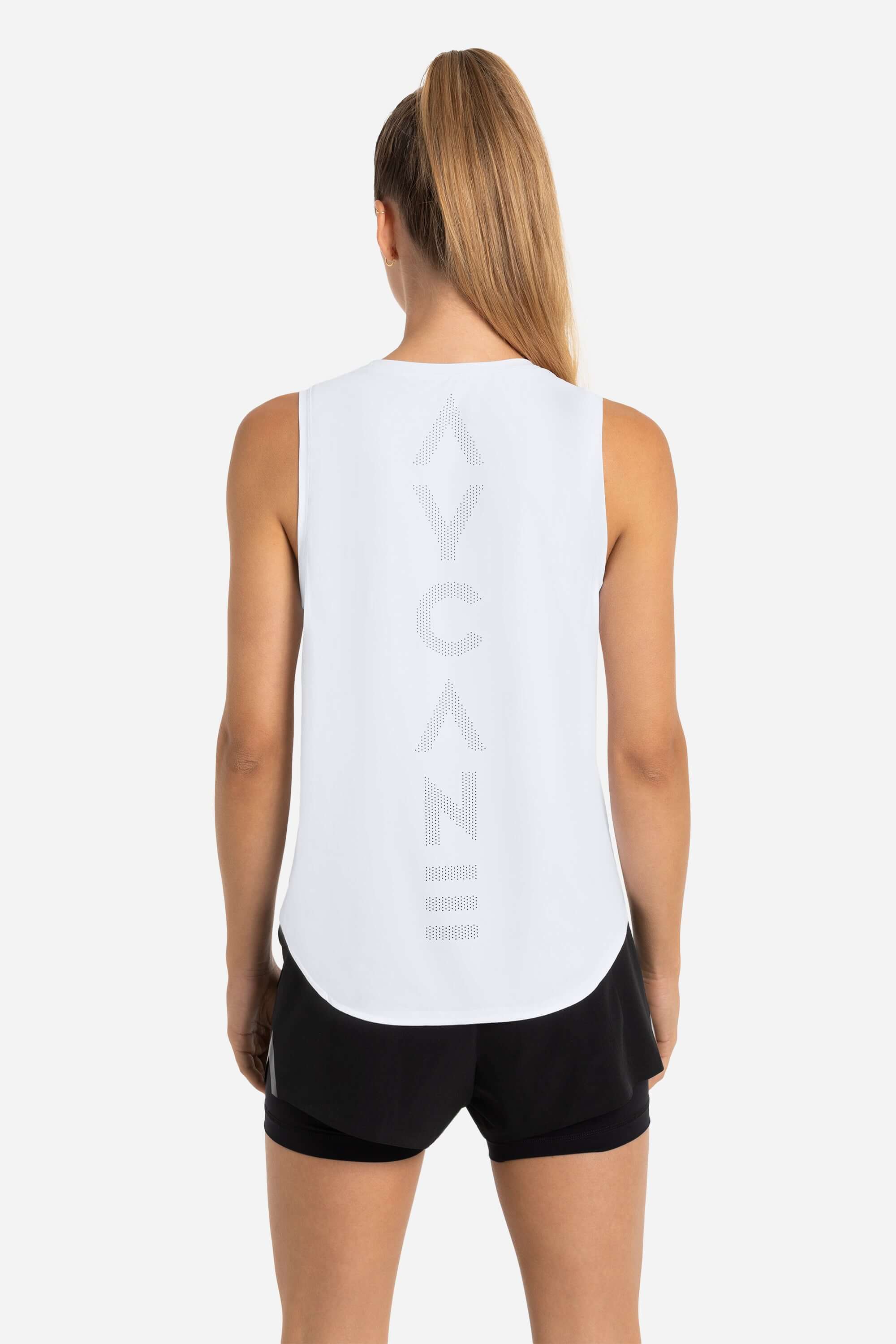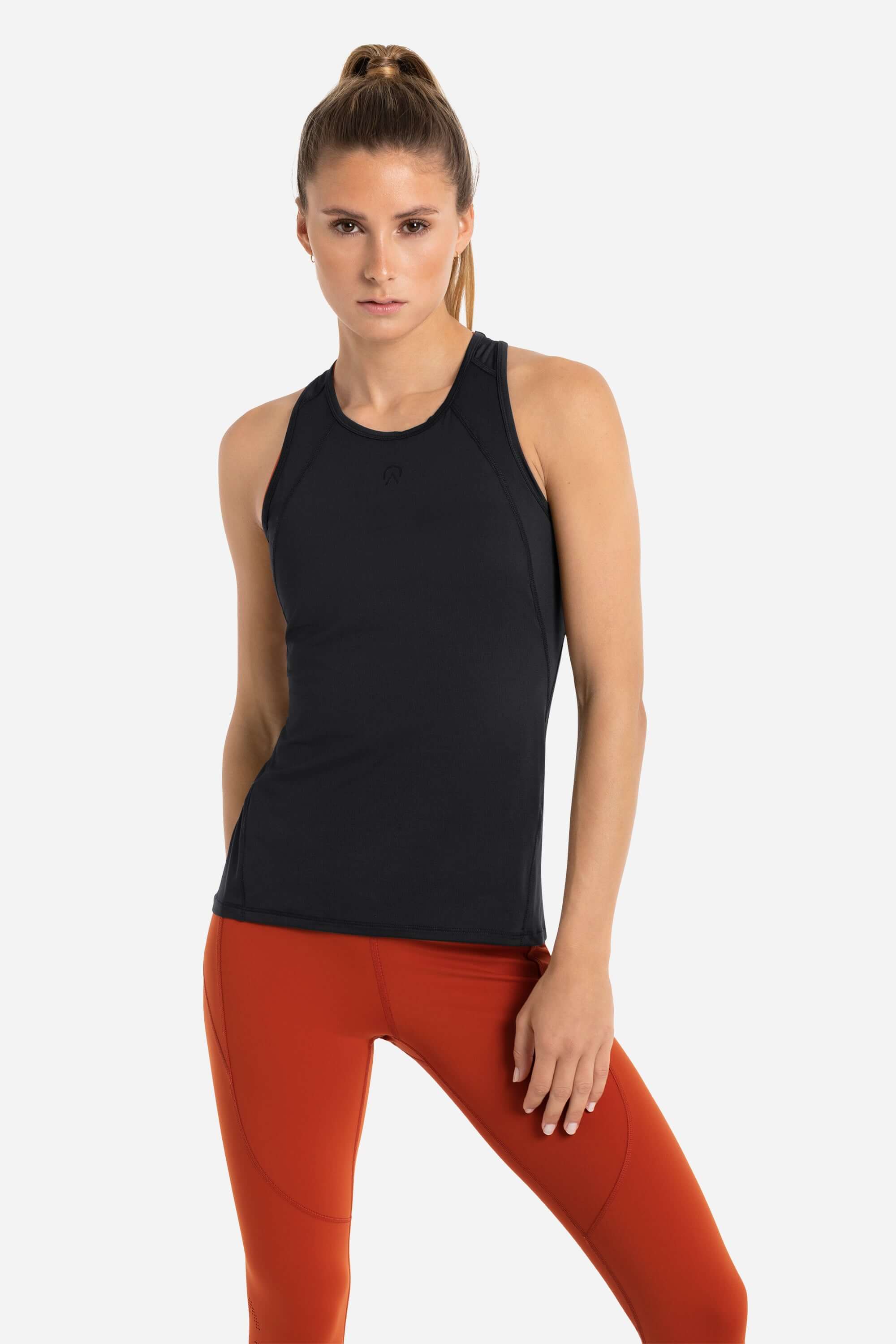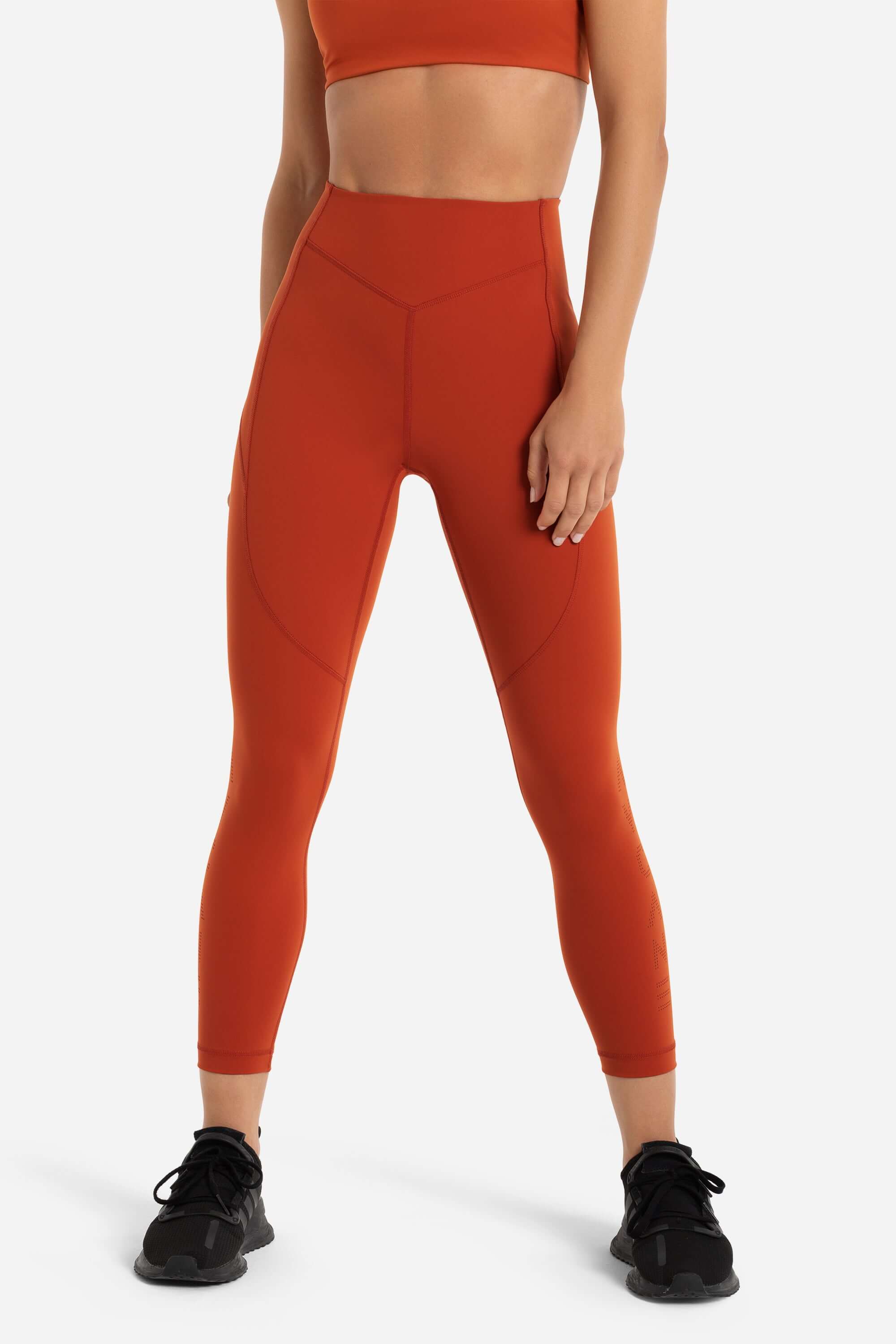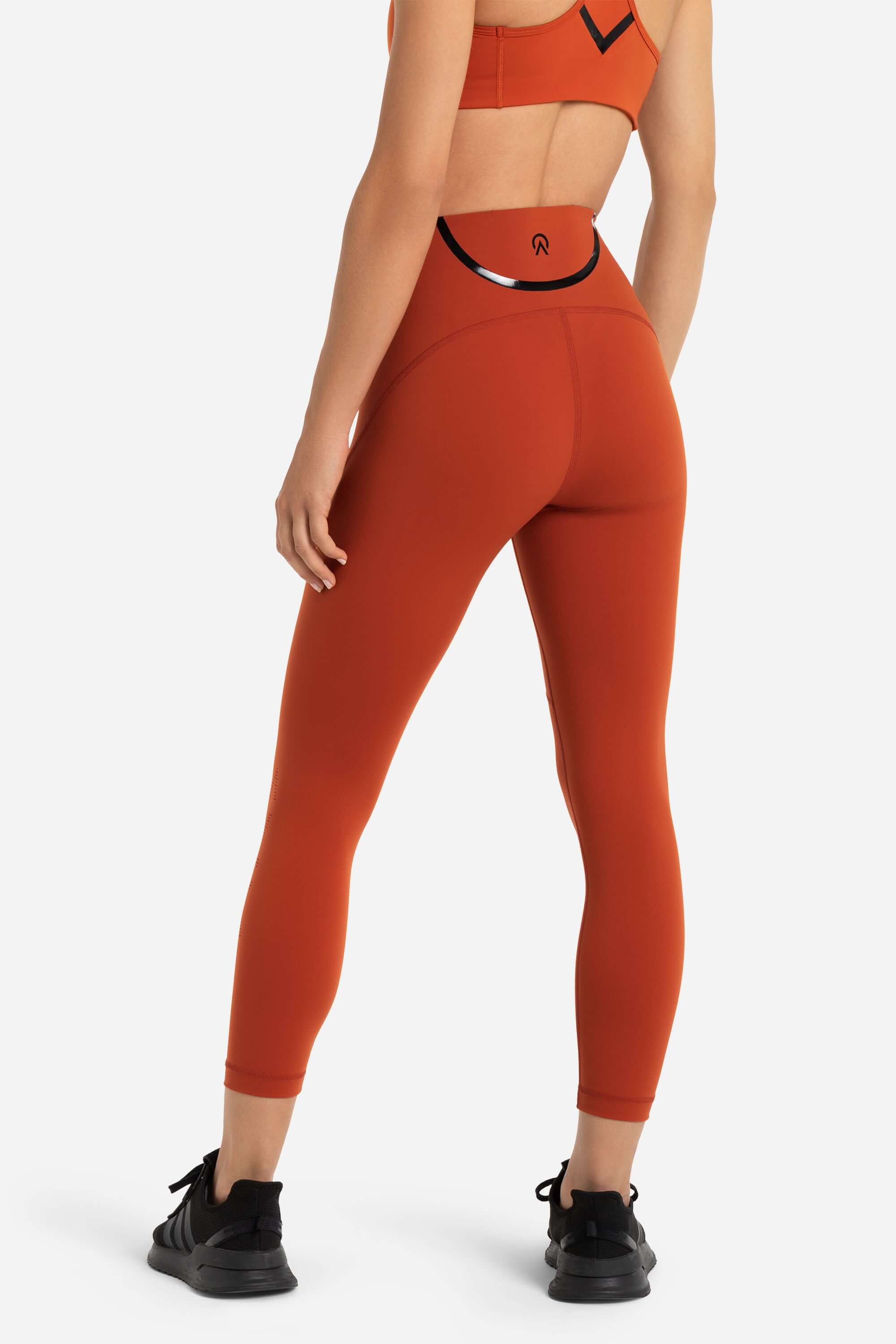Les protège-cou aident-ils vraiment à prévenir les blessures au hockey ?
Depuis la mort tragique du joueur Adam Johnson en octobre 2023, les protège-cou sont au cœur des discussions mondiales sur le hockey.
USA Hockey a rendu les protège-cou obligatoires pour tous les joueurs de moins de 18 ans. Les protège-cou sont désormais obligatoires dans toutes les ligues majeures juniors canadiennes (OHL, QMJHL, WHL).
La Fédération Internationale de Hockey sur Glace (IIHF) a rendu les protège-cou obligatoires pour tous les tournois qu'elle organise, y compris les Championnats du Monde Juniors, les Championnats du Monde et même les Jeux Olympiques. Les ligues professionnelles en Allemagne, en Suède, en Finlande et en Angleterre, où Johnson jouait au moment de sa mort, exigent désormais toutes que les joueurs portent des protège-cou.
Certains joueurs de la LNH les ont essayés, mais la plupart restent réticents. Le changement est difficile, surtout pour des créatures aussi habituées aux routines que les joueurs de hockey, mais un léger changement qui pourrait sauver des vies semble valoir le léger inconfort.
La question devient alors : les protège-cou font-ils vraiment une différence ? Peuvent-ils empêcher une lame tranchante de couper la zone vulnérable du cou d'un joueur ? Offrent-ils la protection dont les joueurs de hockey ont besoin ?
Cela devrait être un « oui » facile, mais dans cet article, nous allons examiner de plus près la protection du cou au hockey, en prenant comme exemple le AYCANE Blade Evo Baselayer à manches longues.
PROTÉGEZ VOTRE COU
Malgré le port de beaucoup d'équipements de protection, la zone du cou est l'une des rares zones laissées vulnérables pour les joueurs de hockey. D'autres sports comme le football ont aussi des cous non protégés, mais ils ne jouent pas avec des patins tranchants comme des rasoirs ni n'utilisent de bâtons.
Il serait impossible d'avoir un casque avec une composante pour le cou et des épaulières avec des extensions pour le cou, car cela gênerait les mouvements, c'est pourquoi des protège-cou séparés ont été créés. Cependant, ceux-ci laissent encore des espaces exposés, surtout que les joueurs de hockey sont connus pour sacrifier la sécurité au nom du confort.
Combien de demi-écrans voyez-vous inclinés au point de ne plus offrir de protection oculaire ? Ou des protège-dents pendus sur le côté de la bouche d'un joueur, mâchés en morceaux ? De même, les joueurs de hockey enveloppent souvent leur protège-cou avec du ruban adhésif pour que cela soit moins restrictif.
Certes, les coups de patin au niveau du cou sont incroyablement rares, c'est pourquoi nous ne pouvons citer qu'une poignée d'incidents au cours des 30 dernières années — pourtant, ces incidents sont hantants, et dans le cas le plus récent — mortels.
UN PROTÈGE-COU PEUT-IL VRAIMENT ARRÊTER UNE LAME DE PATIN ?
Eh bien, répondre à cette question est assez complexe et dépend de plusieurs facteurs. Néanmoins, une protection résistante aux coupures peut réduire considérablement voire empêcher une blessure par coupure.
Les protège-cou modernes de hockey sont fabriqués avec des matériaux avancés à la fois légers et très résistants aux impacts. Généralement composés d'un mélange de rembourrage en mousse et de plastiques renforcés, ces protège-cou offrent un équilibre entre confort et protection. Les matériaux sont soigneusement sélectionnés pour absorber et disperser la force des impacts, réduisant ainsi la probabilité de blessures graves.
En termes plus simples — lorsqu'ils sont portés correctement, tout ce qu'ils peuvent faire, c'est aider.
Oui, ils sont imparfaits — un cagoule avec une protection complète du cou n'existe pas encore et semble vraiment encombrant à porter — mais les protège-cou modernes, surtout ceux intégrés dans une couche de base de hockey, offrent la meilleure et la plus confortable protection du cou à ce jour pour les joueurs de hockey.
Les protège-cou sont rigoureusement testés avec une forte pression et des mouvements de tranchage et, pour la plupart, résistent à l'épreuve. Mais la vitesse et la force créées par les collisions au hockey rendent difficile la simulation de tous les scénarios possibles. Tout comme les tests de collision automobile, la science fait de son mieux pour améliorer la sécurité des passagers, ou dans notre cas, des joueurs.
Bien qu'il ne soit pas possible d'affirmer que les protège-cou de hockey sont totalement résistants aux coupures, notre couche de base Evo avec protection contre les coupures se distingue comme le choix optimal, offrant la solution la plus efficace et confortable disponible sur le marché.
Notre insert est fabriqué à partir d'un mélange de 65 % de polyéthylène, 14 % de polyester, 13 % d'élasthanne et 8 % de verre. Il sert de barrière protectrice, vous protégeant contre les lames tranchantes.
POURQUOI LES MAILLOTS AVEC PROTÈGE-COU SONT LES MEILLEURS
Petite note avant de commencer : les gardiens sont différents. Les gardiens ont des protège-cou spécialement conçus qui doivent absolument être portés en permanence.
Les joueurs ont cependant des options. Pourtant, un sous-vêtement avec des tissus de protection contre les coupures intégrés dans la partie du cou (un peu comme un col roulé de hockey super résistant), offre la meilleure option pour les joueurs de hockey en termes de protection et de confort. Pourquoi ?
Parce que la protection du cou est intégrée dans le maillot, le protège-cou ne bougera pas pendant le jeu.
Les joueurs ne pourront pas serrer le protège-cou avec du ruban adhésif pour réduire sa capacité protectrice au nom du confort ou pour avoir l'air cool.
Grâce à la technologie moderne d'évacuation de l'humidité et aux tissus, vous remarquerez à peine que vous le portez.
Le verdict : Les protège-cou empêchent-ils les blessures au hockey ?
C'est un oui facile. Les protège-cou aident absolument à prévenir les blessures.
Ils sont littéralement la seule barrière entre une crosse ou une lame de patin et votre cou nu. Comme nous l'avons vu, c'est une partie sensible et vulnérable de notre anatomie, s'habituer à porter une couche de base avec protection du cou est un petit prix à payer pour la sécurité.
Donc, si vous êtes un joueur de hockey à la recherche de l'équilibre ultime entre protection du cou et confort pour vous ou vos enfants, essayez la couche de base EVO.


